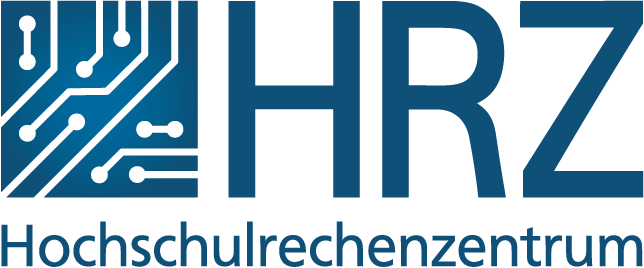Every domain representative at TU Darmstadt can apply for an alias/CName or an MX record under his domain. New names ending with “.tu-darmstadt.de” require prior approval by the staff unit “Corporate Communications”. A web address must always begin with “www.”.
After submitting the form, the request will first be checked for plausibility and then approved (if necessary) by the staff unit “Corporate Communications”.
ATTENTION: Only domain administrators can request an alias/name with the tool!
Reference to internal servers
Alias entries in which both the “target host” with a registered TU host name and the alias to be entered are within the area of responsibility of a domain registrant, can be requested by domain administrators using the tool for alias administration at https://csm.net.hrz.tu-darmstadt.de/netdb/aliasdb.
Reference to external servers
The applicant fills in an application form and sends it to the HRZ. The HRZ makes the entry and forwards the form with the relevant information to the HRZ management for countersigning and archiving.
Please note the following:
According to the 'Data processing on order' (paragraph 5 of the form), in the case of data processing on order, a binding agreement should be concluded between the applicant and the external service provider, which should be sent by e-mail to the Data Protection Team after signing. In addition, both parties must keep records of the processing activities.
If you have any questions regarding data protection, please contact the Data Protection Team of TU Darmstadt.

